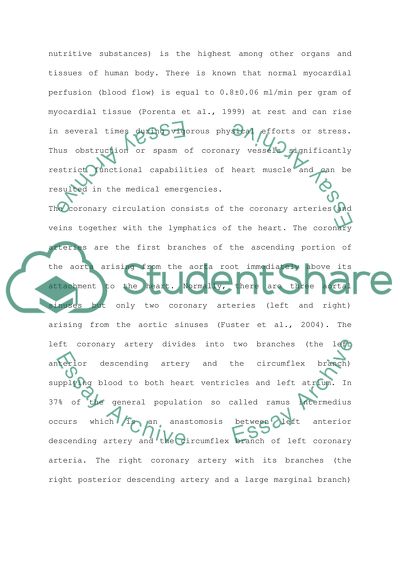Cite this document
(“Anatomy and Phisiology II Heart Disease Essay Example | Topics and Well Written Essays - 2000 words”, n.d.)
Anatomy and Phisiology II Heart Disease Essay Example | Topics and Well Written Essays - 2000 words. Retrieved from https://studentshare.org/health-sciences-medicine/1500824-anatomy-and-phisiology-ii-heart-disease
Anatomy and Phisiology II Heart Disease Essay Example | Topics and Well Written Essays - 2000 words. Retrieved from https://studentshare.org/health-sciences-medicine/1500824-anatomy-and-phisiology-ii-heart-disease
(Anatomy and Phisiology II Heart Disease Essay Example | Topics and Well Written Essays - 2000 Words)
Anatomy and Phisiology II Heart Disease Essay Example | Topics and Well Written Essays - 2000 Words. https://studentshare.org/health-sciences-medicine/1500824-anatomy-and-phisiology-ii-heart-disease.
Anatomy and Phisiology II Heart Disease Essay Example | Topics and Well Written Essays - 2000 Words. https://studentshare.org/health-sciences-medicine/1500824-anatomy-and-phisiology-ii-heart-disease.
“Anatomy and Phisiology II Heart Disease Essay Example | Topics and Well Written Essays - 2000 Words”, n.d. https://studentshare.org/health-sciences-medicine/1500824-anatomy-and-phisiology-ii-heart-disease.


